When it comes to ensuring the health and well-being of our feline companions, pet insurance emerges as a critical tool for mitigating the financial risks associated with veterinary care. However, the cost of pet insurance premiums can vary significantly across cat breeds, mainly due to breed-specific predispositions to specific health conditions. Some breeds are known to have higher medical needs on average, which can lead to increased insurance premiums for their owners. This article will explore eight cat breeds that typically incur the highest pet insurance premiums, delving into the reasons behind these costs. From hereditary health issues to breed-specific ailments, understanding these factors can help potential and current cat owners make informed decisions about pet insurance and the long-term care of their beloved pets.
1. Sphynx
The distinctive and affectionate Sphynx is known for its lack of fur, which, while visually striking, predisposes the breed to various skin conditions and allergies that require veterinary attention. Moreover, Sphynxes are at risk for hereditary conditions such as hypertrophic cardiomyopathy and dental issues, necessitating regular, specialized care. These factors contribute to higher pet insurance premiums, as insurers account for the increased likelihood of medical claims related to these breed-specific health concerns.
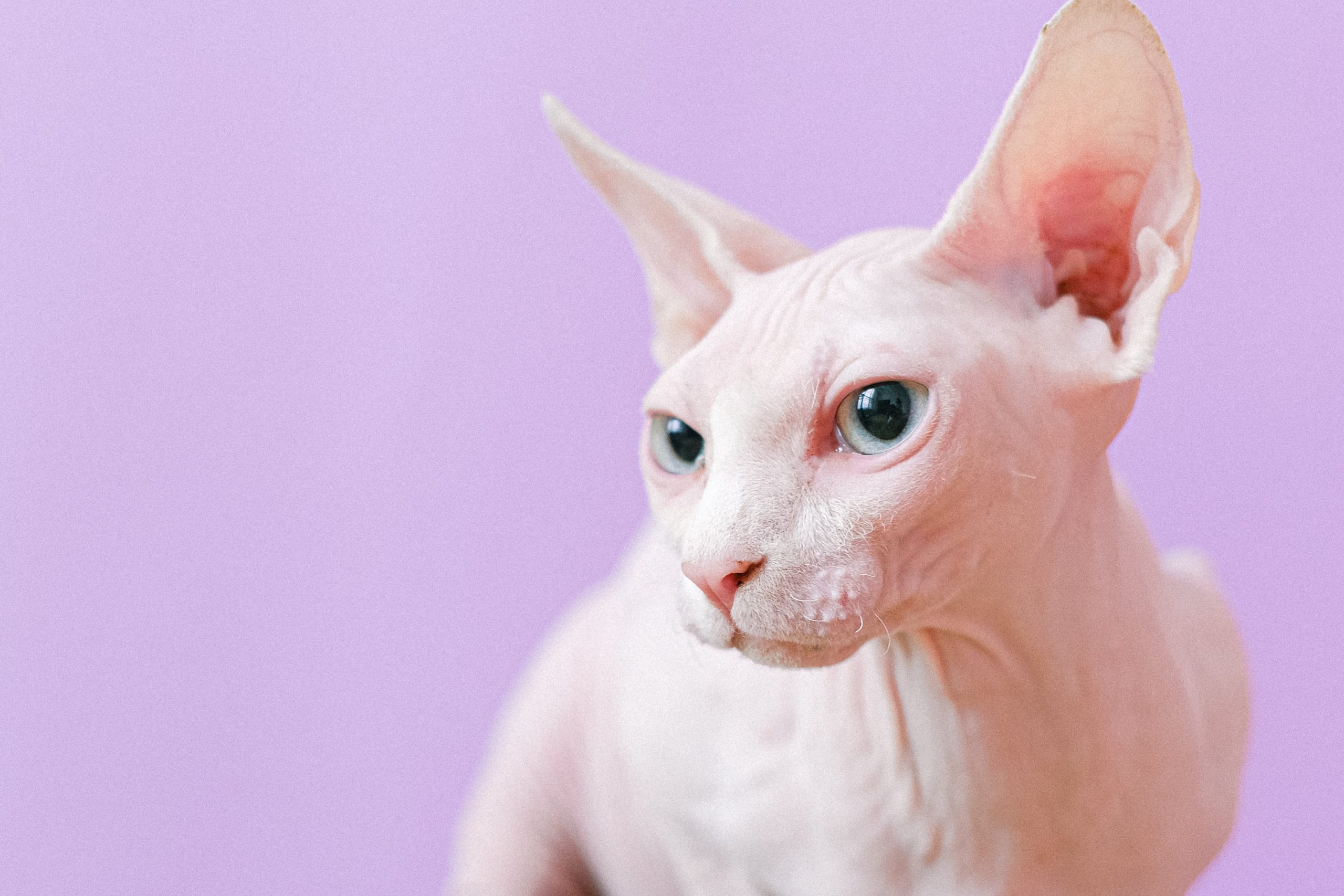
2. Bengal
With their wild ancestry, Bengals are not only sought after for their exotic looks. Still, they are also known for a predisposition towards certain genetic conditions, including hypertrophic cardiomyopathy, progressive retinal atrophy, and a susceptibility to infectious diseases due to their adventurous nature. These health risks, combined with their high energy levels that can lead to accidental injuries, make Bengal cats more expensive to insure. Insurance companies consider these factors when determining premiums, reflecting the potential for higher veterinary costs.
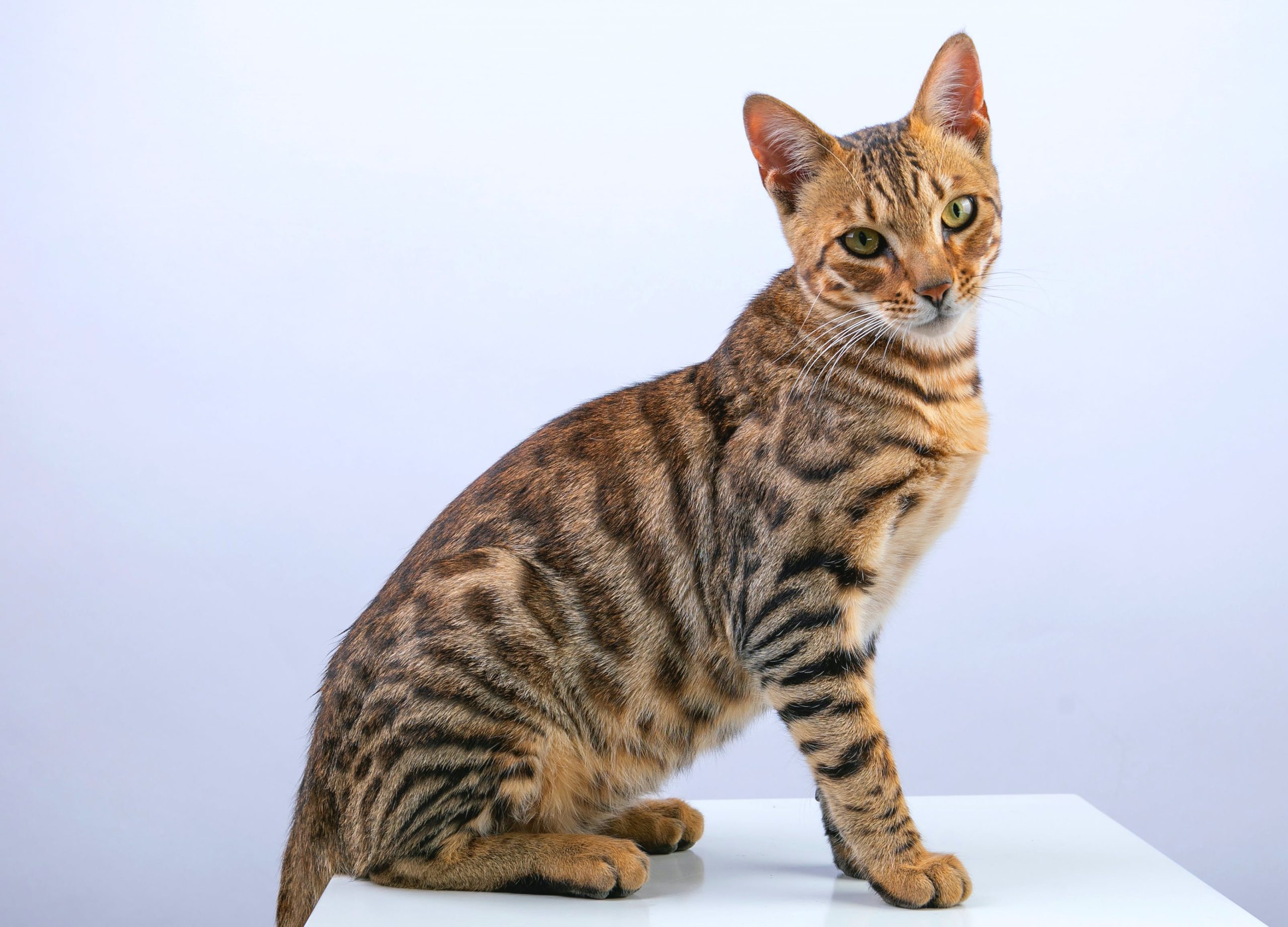
3. Maine Coon
The Maine Coon’s large size and genial nature make it a beloved breed, yet it is predisposed to health issues such as hypertrophic cardiomyopathy, hip dysplasia, and spinal muscular atrophy. These conditions, some of which require lifelong management and treatment, contribute to higher pet insurance premiums for Maine Coon owners. Insurers consider the breed’s susceptibility to these health problems when setting rates, aiming to cover the potentially significant care costs.
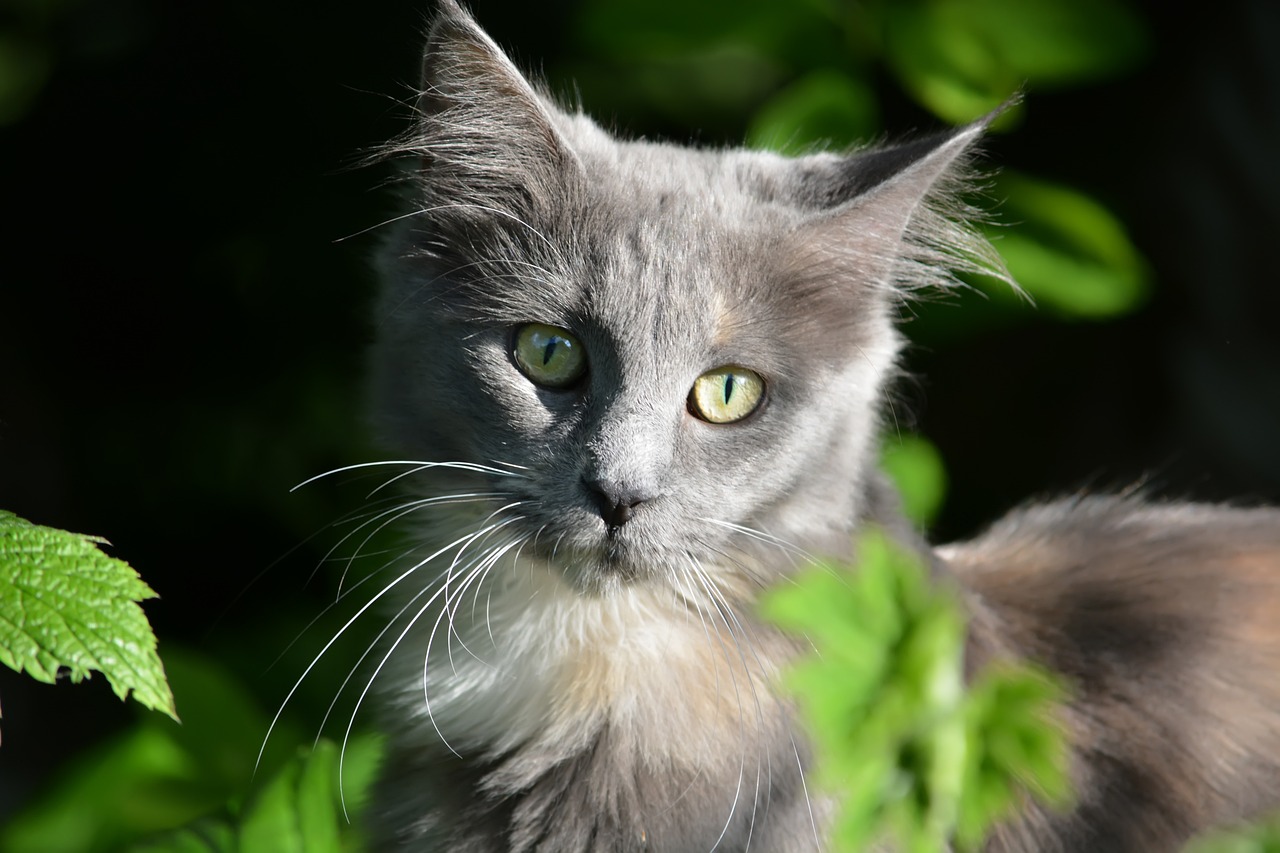
4. Persian
Persians are cherished for their luxurious coats and distinctive faces, but their brachycephalic (flat-faced) features predispose them to respiratory and dental problems. Additionally, Persians are at a higher risk for polycystic kidney disease (PKD) and other hereditary conditions. The breed’s long, dense fur also requires extensive grooming to prevent matting and skin infections, further contributing to their overall care needs. These health and grooming requirements are factors in the higher insurance premiums associated with Persian cats.
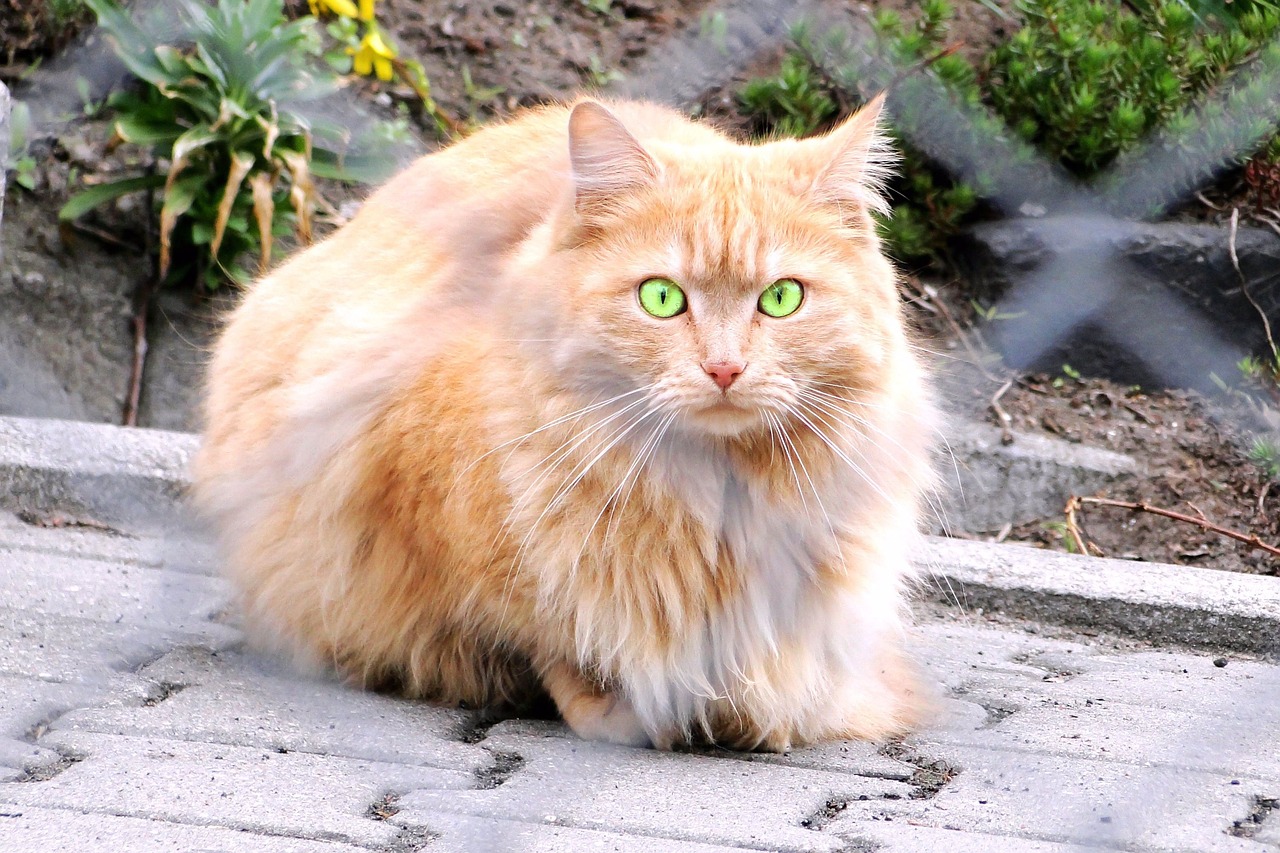
5. Ragdoll
Ragdolls are known for their docile temperament and striking blue eyes, but they also have a genetic predisposition to hypertrophic cardiomyopathy and kidney issues. Their gentle nature doesn’t protect them from hereditary diseases, which can lead to significant veterinary expenses over their lifetime. Pet insurance providers consider these breed-specific health risks when calculating premiums, resulting in higher costs for Ragdoll owners seeking comprehensive coverage.
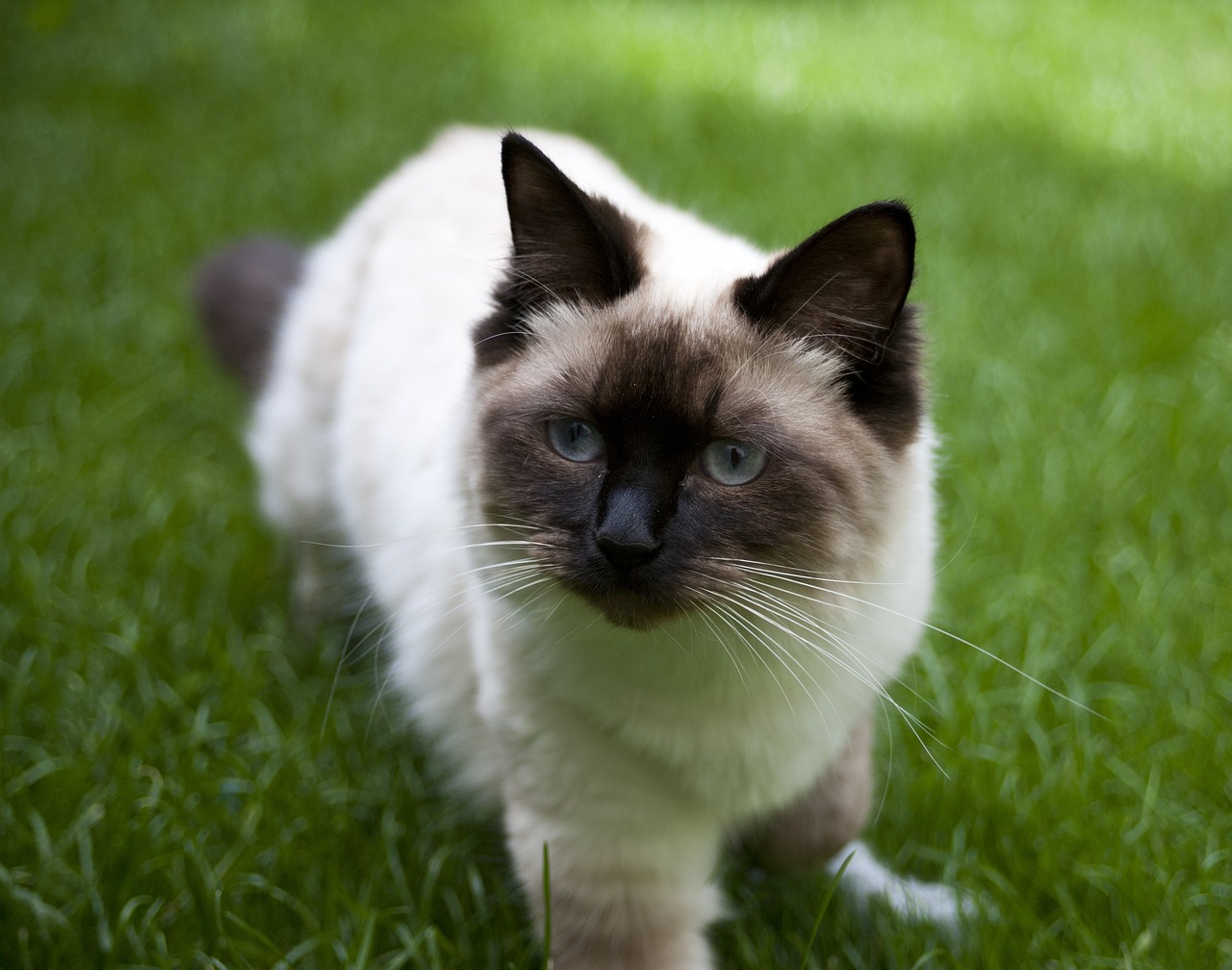
6. Scottish Fold
Scottish Folds are adored for their unique ear folds. Still, this distinctive trait is linked to cartilage development issues that can lead to osteochondrodysplasia, affecting their joints and leading to arthritis. The breed is also at risk for heart disease and other genetic disorders. These health concerns necessitate regular veterinary care and sometimes surgery, influencing the cost of insuring a Scottish Fold due to the anticipated medical needs.
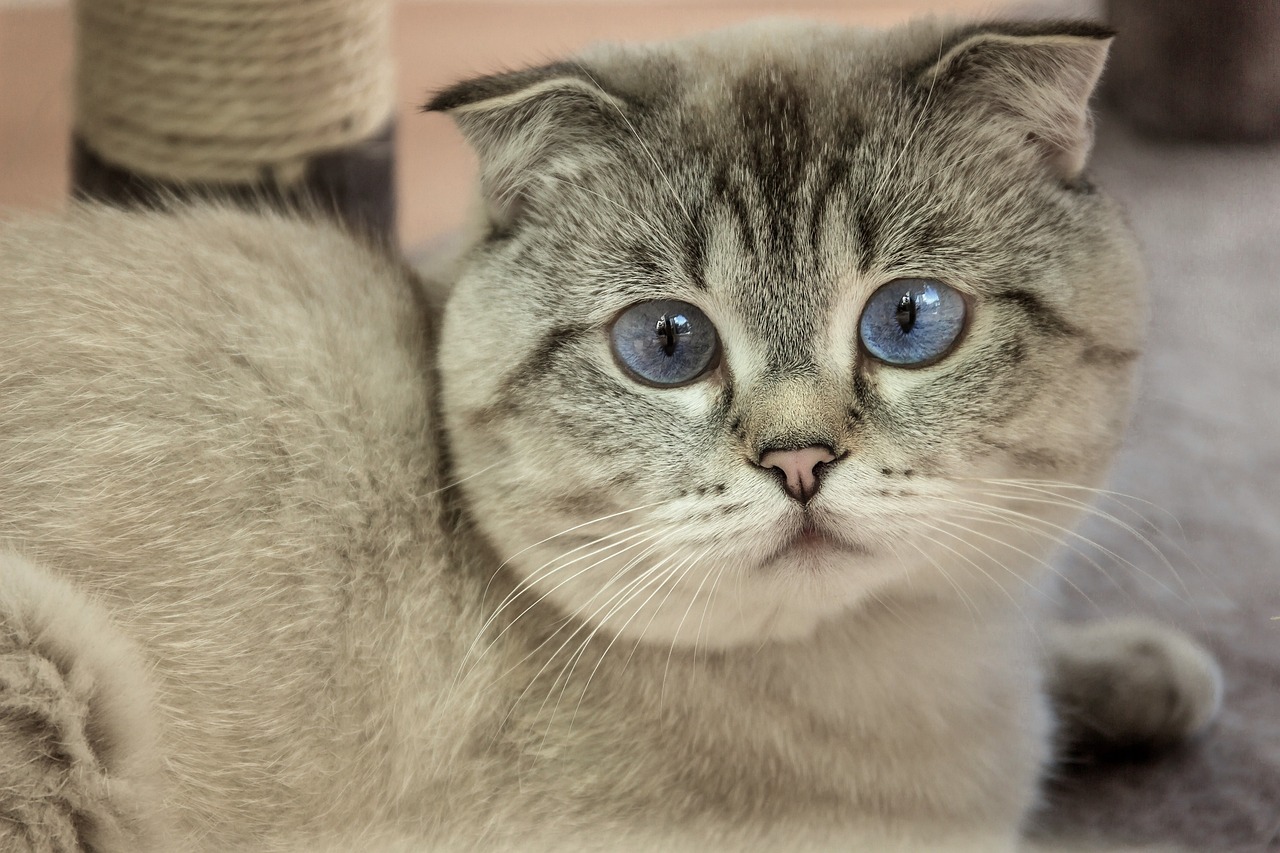
7. British Shorthair
The sturdy and easy-going British Shorthair is prone to heart disease, including hypertrophic cardiomyopathy and hemophilia B, a blood clotting disorder. These health issues, along with their risk for obesity and related complications, contribute to the breed’s higher insurance premiums. Pet insurance companies consider these factors, reflecting the potential cost of addressing these breed-specific conditions.
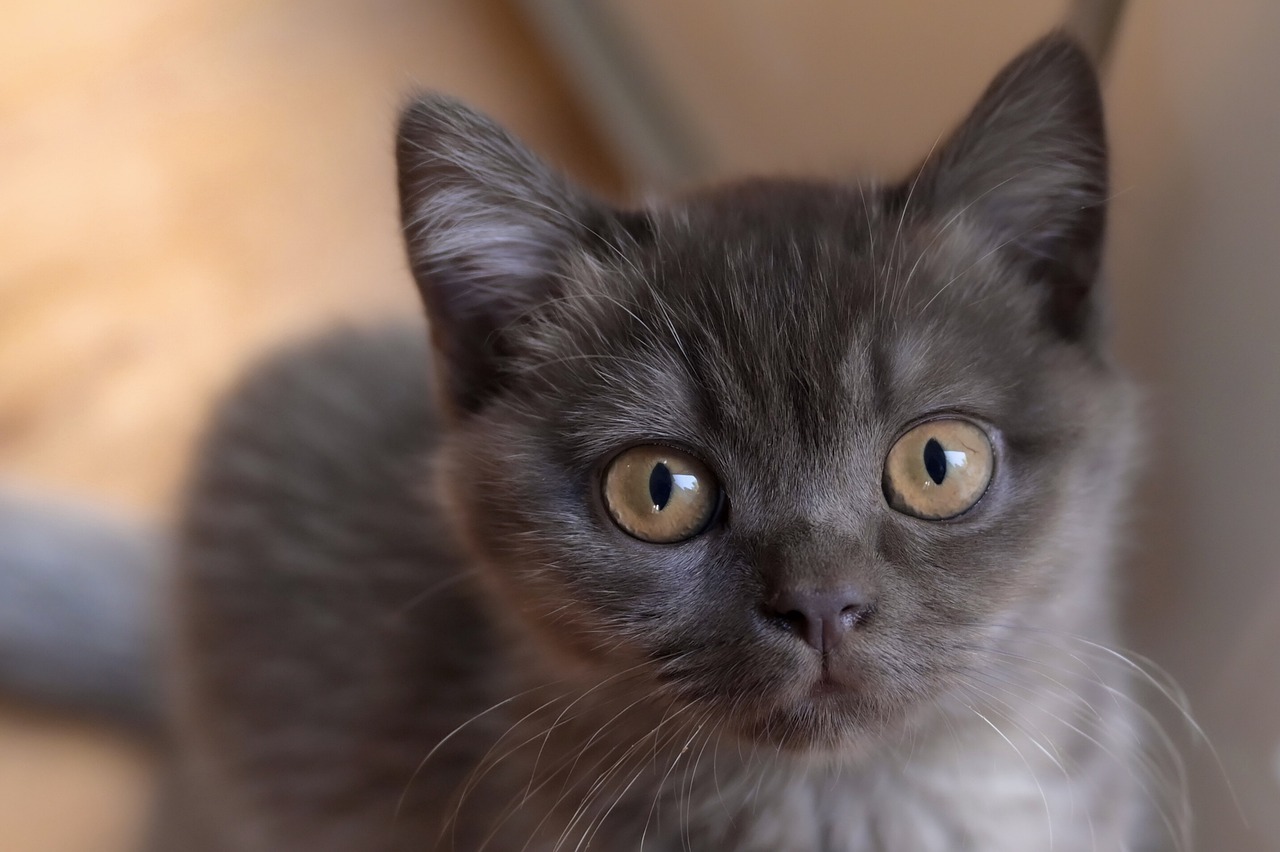
8. Exotic Shorthair
Exotic Shorthairs share many of the Persian’s health issues due to their similar brachycephalic features, including breathing difficulties and dental malocclusions. They are also susceptible to polycystic kidney disease and other hereditary conditions common to the Persian breed. These health risks result in higher pet insurance premiums for Exotic Shorthair owners, as insurers price policies to cover the breed’s increased likelihood of requiring medical care.
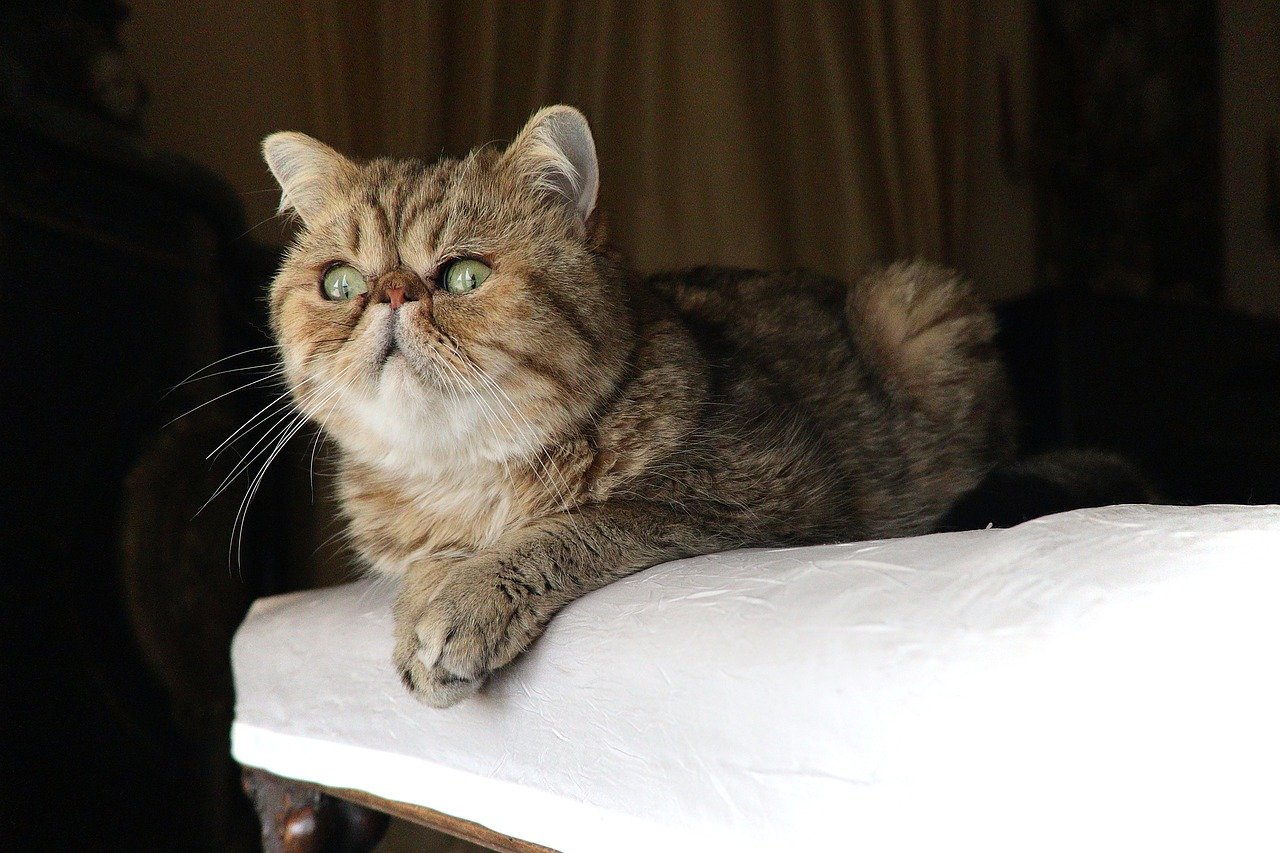
While pet insurance is a valuable resource for managing veterinary expenses, owners of these eight cat breeds may face higher premiums due to the increased risk of health issues associated with each breed. Understanding these potential costs is crucial for anyone considering adding one of these breeds to their family. It’s essential to research and choose the insurance coverage that best suits the needs of both the pet and the owner, ensuring that these beloved cats receive the care they deserve throughout their lives.
